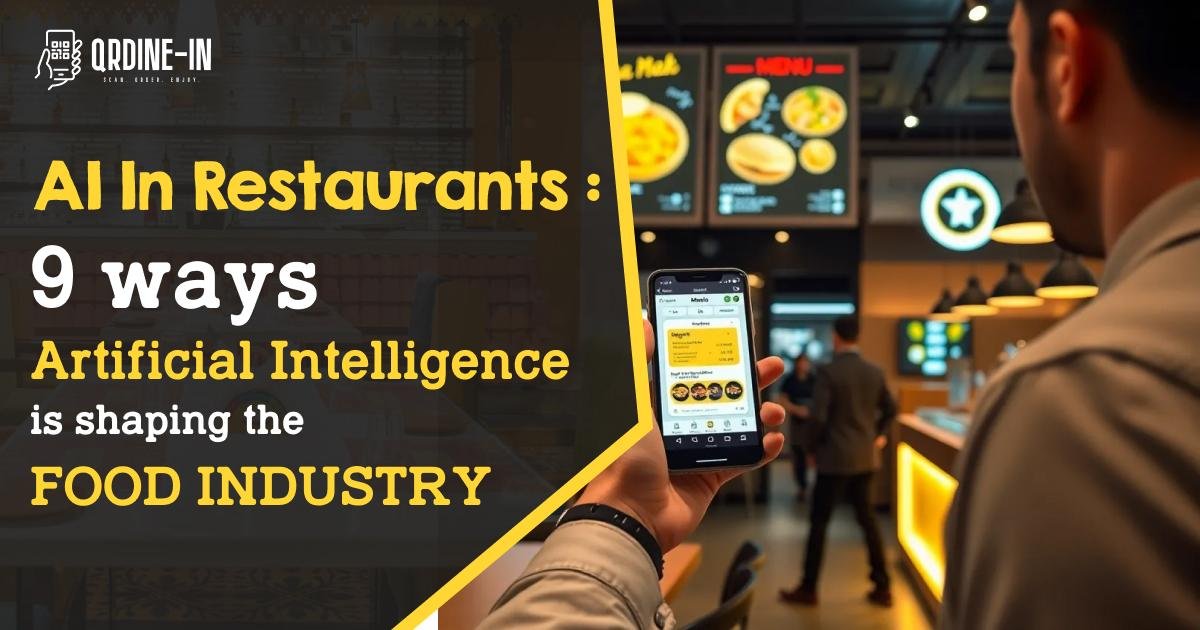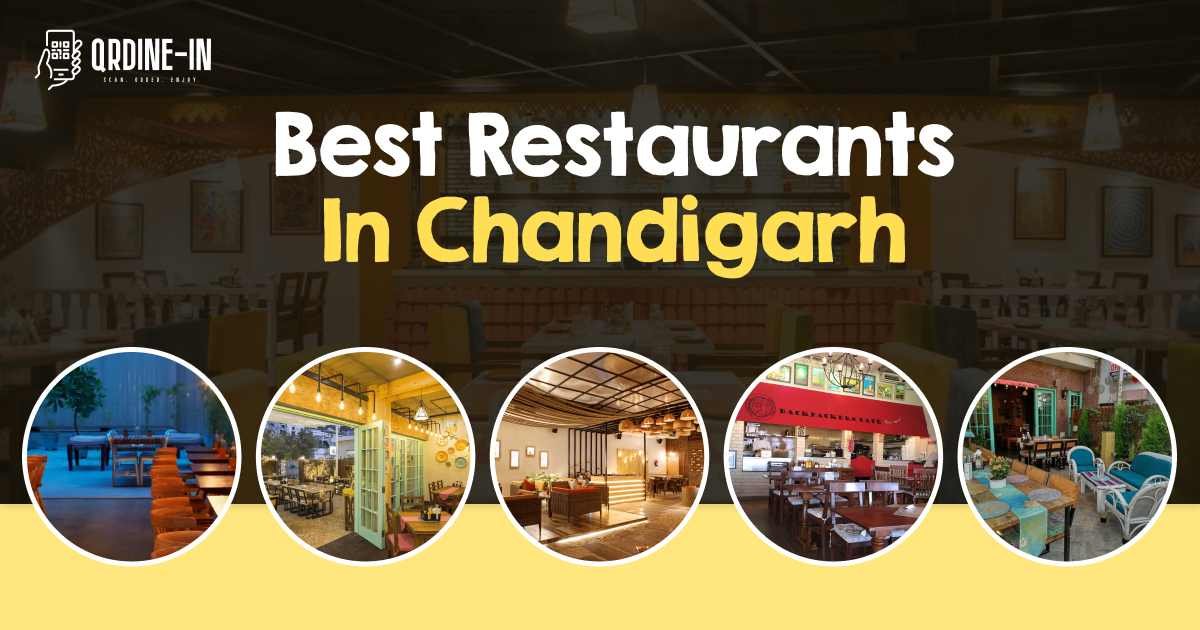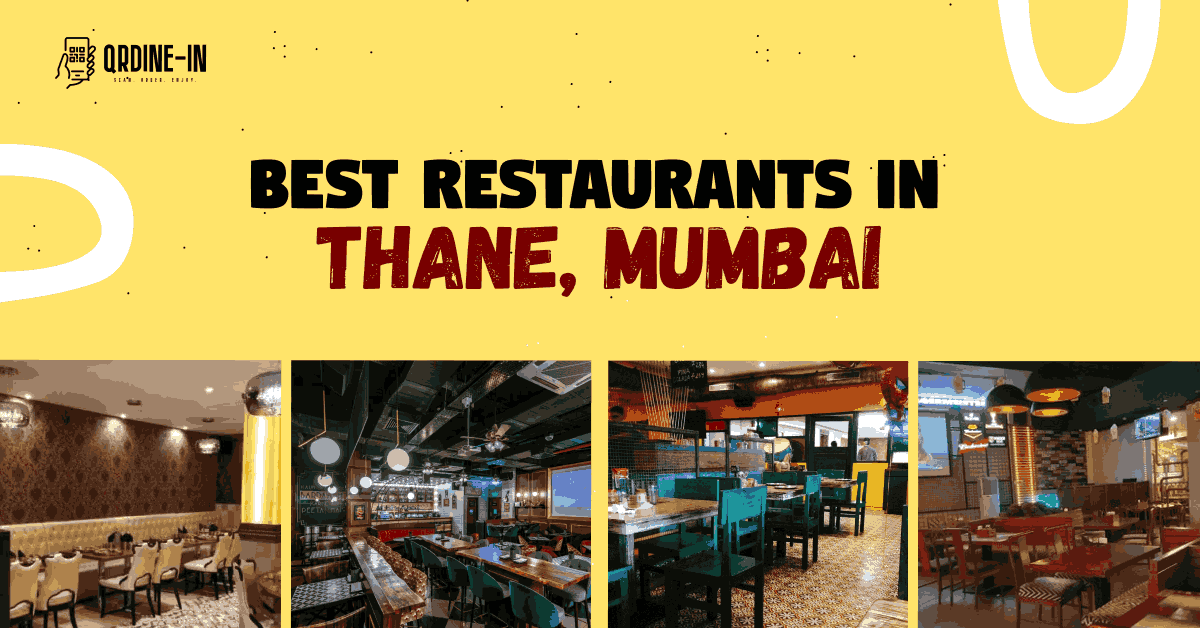![inventory management software What is an Inventory Management System? [Complete Guide] Inventory Software for Restaurant Management](https://qrdine.in/blogs/wp-content/uploads/2024/03/Facebook-cover-18-3_11zon-1024x538.jpg)
inventory management software. In the fast-paced world of restaurant management, efficient inventory software for restaurant and point-of-sale (POS) systems are crucial for success. This blog explores the importance of inventory software for restaurants and highlights some of the best options available, including POS software and menu design solutions. Businesses need an accurate view of inventory to guarantee fulfillment of customer orders, reduce shipment turnaround times and minimize stockouts, oversells and markdowns.
Importance of inventory management software
Optimizing Costs: Efficient inventory management helps reduce food waste, minimize overstocking, and control costs, contributing to improved profitability.
Ensuring Freshness: Proper inventory tracking ensures that ingredients and perishable items are used before expiration, maintaining food quality and customer satisfaction.
Streamlining Operations: Inventory software automates inventory tracking, ordering, and replenishment processes, saving time and reducing manual errors.
An IMS can include:
Software
A central database that allows users to track inventory levels, orders, sales, and deliveries. Software can also be used to generate reports, forecast demand, and more.
Hardware
Tools like barcode scanners or smartphones with barcode scanning apps can help identify inventory items.
Processes and policies
These can include labeling, documentation, and reporting, as well as an inventory management technique like Just-in-Time, ABC Analysis, or First-In First-Out (FIFO).
Trained staff
People who are trained to follow the policies and processes of the IMS.
Features to Look For:
Real-time Tracking: Software should offer real-time inventory tracking to monitor stock levels, track usage, and identify trends.
Integration Capabilities: Look for software that integrates seamlessly with POS systems, accounting software, and supplier databases for streamlined operations.
Forecasting and Analytics: Advanced features such as demand forecasting and data analytics provide insights into purchasing patterns, helping optimize inventory levels and menu offerings.
Top Inventory Software Solutions:
Toast Inventory: Toast offers a comprehensive inventory management system tailored for restaurants, with features like real-time tracking, recipe costing, and supplier management.
Upserve Inventory: Upserve’s inventory software integrates with POS systems to provide real-time inventory updates, automated ordering, and customizable reporting.
TouchBistro Inventory: TouchBistro’s inventory module offers intuitive inventory tracking, recipe costing, and waste tracking features designed specifically for restaurants.
POS Software for Restaurant Operations
Enhancing Customer Experience:
Speed and Efficiency: POS systems streamline order taking, payment processing, and table management, reducing wait times and improving overall efficiency.
Customization Options: POS software for restaurants allows to customize menus, offer special promotions, and accommodate dietary preferences or allergies, enhancing the dining experience.
Data-driven Insights: POS systems capture valuable customer data and transaction histories, enabling personalized marketing campaigns and loyalty programs.
Key Features to Consider:
User-friendly Interface: Intuitive interfaces and easy-to-navigate menus are essential for staff efficiency and minimizing training time.
Integration with Other Systems: POS software should seamlessly integrate with inventory management, accounting, and reservation systems to ensure smooth operations.
Mobility and Flexibility: Mobile POS solutions enable tableside ordering and payment processing, improving table turnover and enhancing customer satisfaction.
Top POS Software Solutions:
Square POS: Square offers a versatile POS system with features like contactless payments, order management, and detailed analytics, suitable for restaurants of all sizes.
Revel Systems: Revel’s cloud-based POS solution provides customizable workflows, real-time reporting, and integrations with third-party apps for enhanced functionality.
Lightspeed POS: Lightspeed offers an intuitive POS platform with robust inventory management, tableside ordering, and customer relationship management features tailored for restaurants.
Restaurant Billing Software For PC
Understanding Restaurant Billing Software for PC:
Best Restaurant Software for Menu Design
Importance of Menu Design
Visual Appeal: Well-designed menus with high-quality images, descriptive text, and intuitive layouts attract diners’ attention and stimulate appetite.
Highlighting Specialties: Strategic menu design can showcase signature dishes, seasonal offerings, and promotional items to drive sales and increase profitability.
Promoting Brand Identity: Menu design reflects the restaurant’s brand personality and positioning, conveying a consistent message to customers.
Key Elements of Effective Menu Design:
Clear Organization: Grouping similar items and using logical categories or sections make it easier for customers to navigate the menu.
Descriptive Language: Vivid descriptions and enticing language evoke sensory experiences and create anticipation, leading to higher sales.
Visual Enhancements: High-quality images, appealing fonts, and attractive layouts enhance the visual appeal of the menu and engage customers’ interest.
Conclusion
Efficient inventory management and POS systems are essential components of successful restaurant operations. By investing in the right software solutions for inventory tracking, POS functionality, and menu design, restaurants can streamline operations, enhance customer experiences, and drive profitability in today’s competitive hospitality industry.
Frequently Asked Questions ( FAQ’s)
Inventory management software for restaurants is a digital tool designed to help restaurant owners and managers track, manage, and optimize their inventory of food and beverage items. It allows them to monitor stock levels, track usage, place orders, and streamline inventory-related tasks efficiently.
Inventory management software helps restaurants optimize costs by reducing food waste, minimizing overstocking, and controlling inventory levels. It ensures freshness by tracking expiration dates and helps streamline operations by automating inventory tasks, saving time, and reducing errors.
Yes, POS software often includes features for staff management, such as time tracking, shift scheduling, performance reporting, and training modules. It helps streamline staff workflows, monitor employee productivity, and identify training needs to ensure efficient restaurant operations.
POS software is designed with robust security features to protect sensitive payment information and customer data. This may include encryption protocols, tokenization, secure payment gateways, PCI compliance, and user authentication measures to prevent unauthorized access and data breaches.
Menu design software is important for restaurants because it enables them to create attractive and engaging menus that capture the attention of customers, stimulate their appetites, and enhance their dining experience. A well-designed menu can convey the restaurant’s brand personality, highlight signature dishes, and influence customer choices, ultimately driving sales and profitability.







Leave a Reply